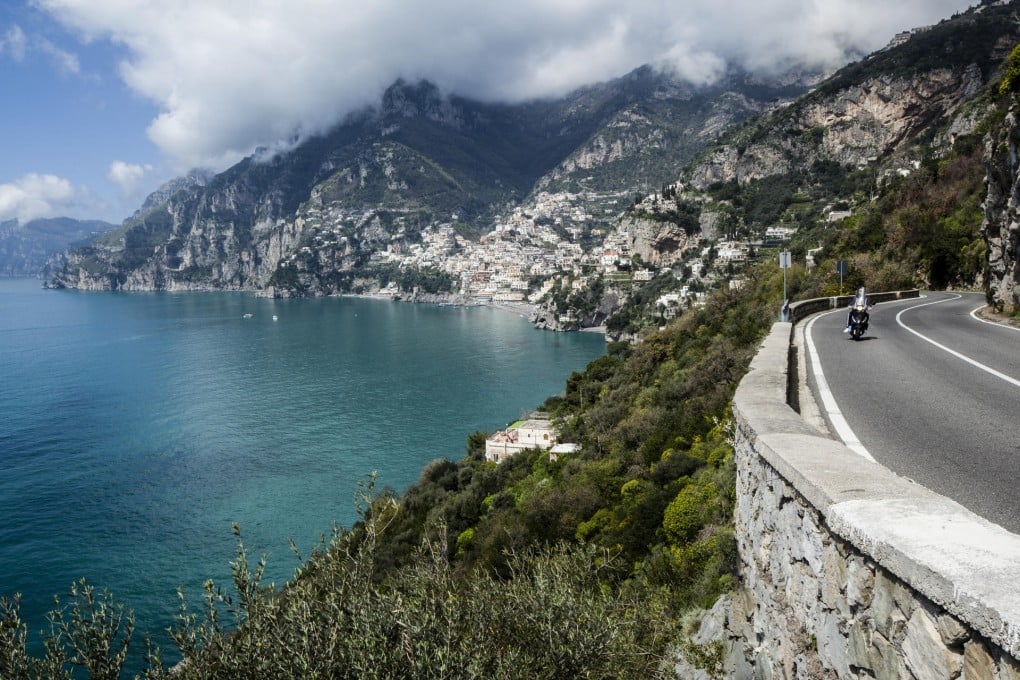Keeping it sweet
Lara Brunt escapes the crowds along Italy's citrus-scented Amalfi Coast. Pictures by Glen Pearson

I had expected Ferraris. Instead, I find Fiats, scooters and three-wheeled Piaggios. After a couple of hairpin turns and a close encounter with a bus, I quickly realise why.
Known as "the road of a thousand bends" - or more prosaically as the SS163 - the Amalfi coast road from Sorrento to Salerno is a 40 kilometre-long ribbon of asphalt that separates the Mediterranean Sea from soaring cliffs. It requires nerves of steel - and a tiny car. Commissioned by the Bourbon King Ferdinand II and completed in 1853, it was ample for horse-drawn carriages. Today, I find myself leaping forward to tuck in the passenger-side mirror of our pint-sized Mazda MX-5 as a bus whizzes past centimetres away.
If you can take your eyes off the road long enough to look, the Amalfi coast is undeniably spectacular. Sprinkled with million-dollar yachts, the azure sea sparkles in the spring sunshine, while pastel-painted villages tumble down terraced slopes thick with lemon and olive groves, and cliff-top monasteries hover serenely above.
It has long attracted a glamorous crowd, from Hollywood stars to hedge fund managers; yet beyond the luxury hotels and helipads, the Amalfi coast is home to fruit farmers and fishermen. Further inland, the hills are given over to dairy farming for cheese such as fior di latte (cows' milk mozzarella).

It may feel undiscovered but, of course, we are not the first to admire Minori's beauty. At the far end of the seafront are the impressive remains of a Roman nobleman's holiday home, the first-century Villa Romana. The small harbour also has a lofty history. Between the early ninth and late 11th centuries, it was an important port for the Republic of Amalfi, which dominated Mediterranean trade routes.